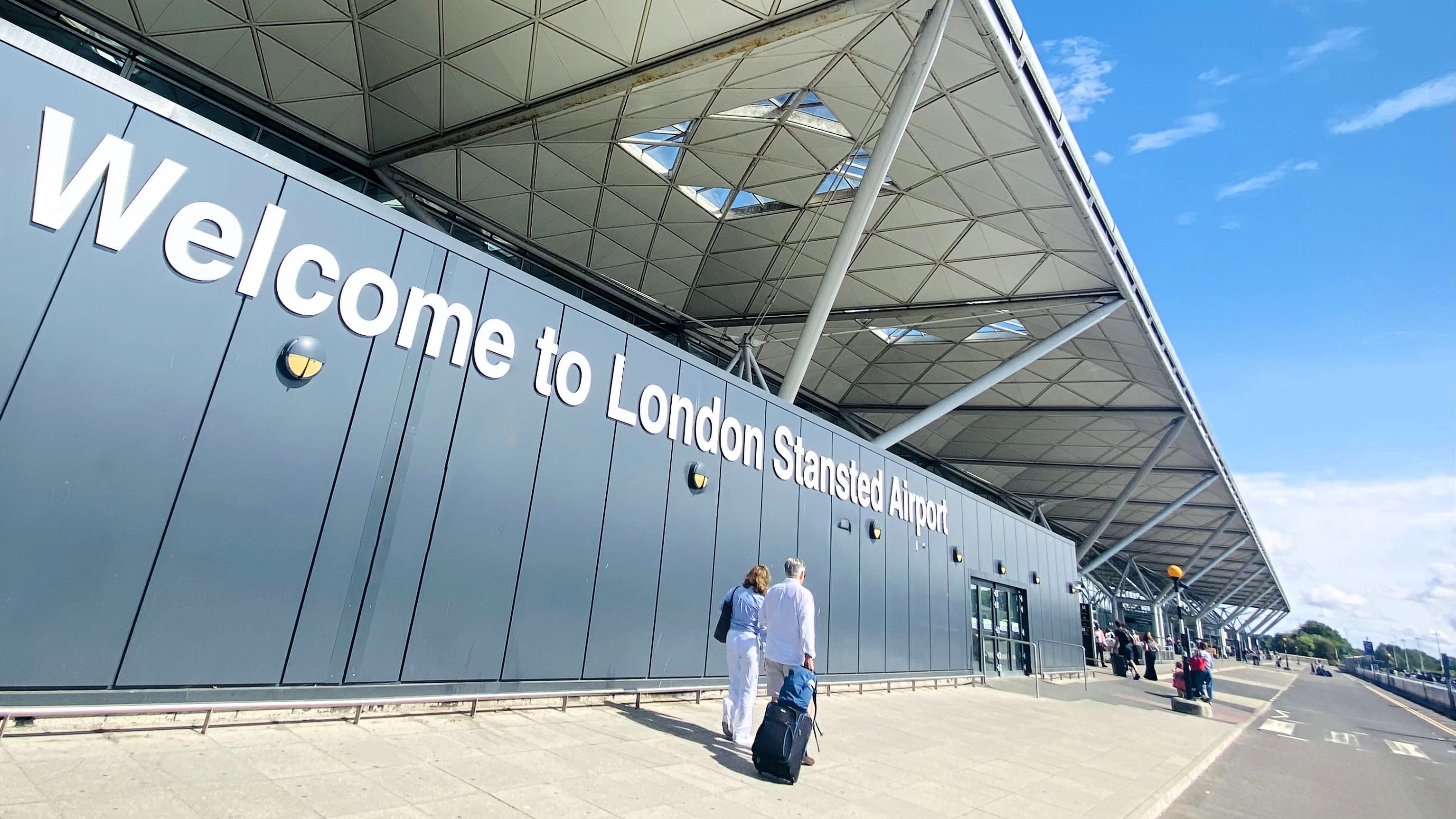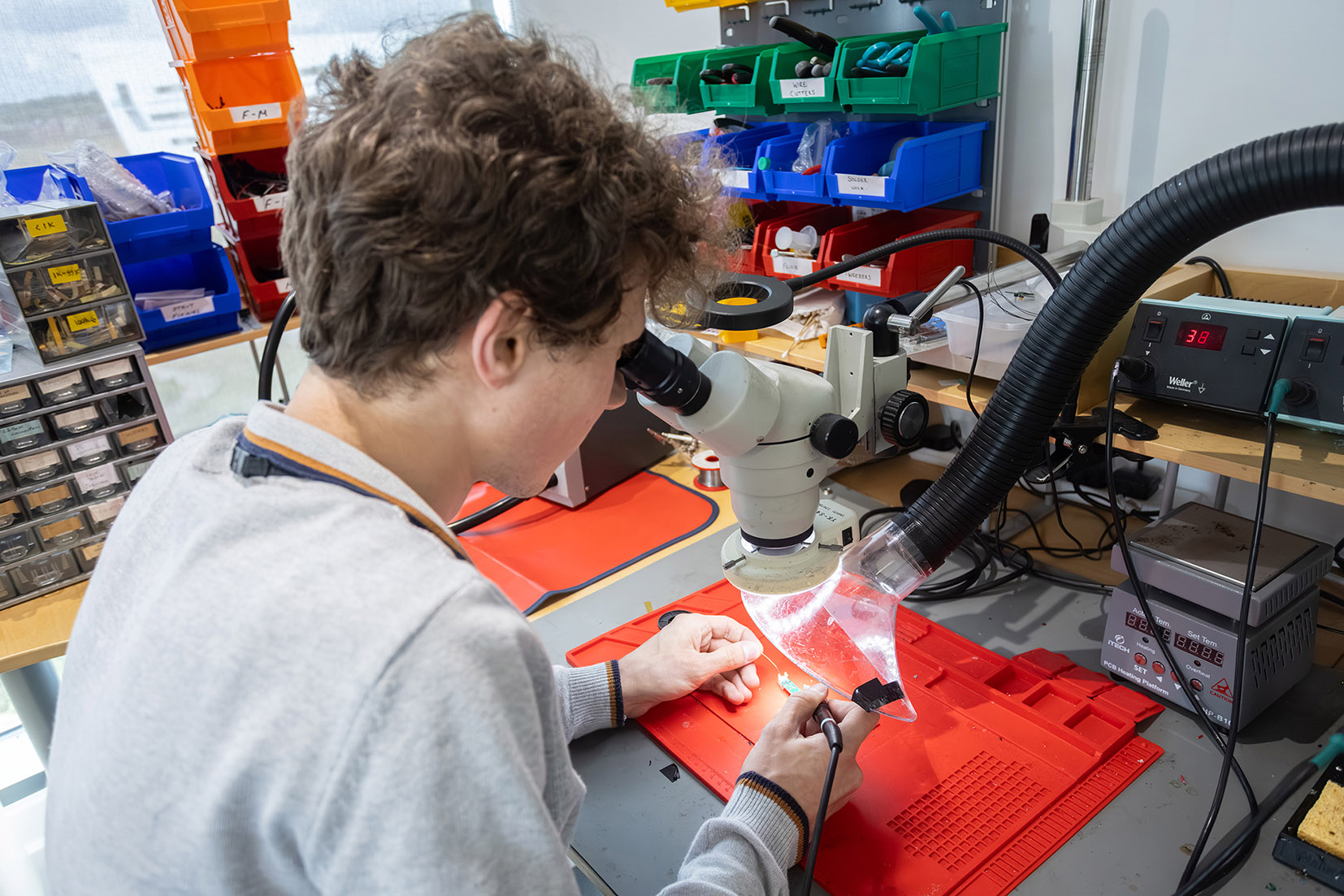ATI launches FlyZero
.jpg)
The Aerospace Technology Institute (ATI) today launched FlyZero, a new ambitious project to help UK aerospace develop a zero-carbon emission aircraft by 2030.
Backed by the UK Government’s Department for Business, Energy & Industrial Strategy (BEIS), the FlyZero programme will pull together expertise from across the UK supply chain and universities in an initial 12-month programme to look at the design challenges and market opportunity of potential zero-emission aircraft concepts.
The FlyZero vision is for the UK to realise zero-carbon emission commercial flight by the end of the decade.
Areas covered by the strategic research project include determining the technical and commercial viability of a future zero-carbon emission aircraft design; technology and industrialisation roadmaps; and assessments of the sustainability issues, the UK industrial capability, and the market and economics aspects.
Led by the ATI, FlyZero will utilise the expertise of around 100 secondees from industry and academia. The FlyZero programme will report into BEIS, which is providing a £15 million grant to cover the secondment costs and programme overheads.
The ATI will be launching an open application process for the seconded personnel, with the selection process to be overseen by the ATI and BEIS.
Gary Elliott, Chief Executive of the Aerospace Technology Institute, said: “The UK has committed to net-zero by 2050 and presently aviation is unable to access the aircraft and technology needed to deliver on this national target. The new breed of zero-emission aircraft will call for entirely new industrial capabilities; the supply chain is yet to be established and that will be a major focus for FlyZero. There are big questions to answer, and the first step on this path is to develop a thorough understanding of the technological and commercial issues. “The FlyZero programme will ensure that the UK is at the forefront of the disruptive solutions that are coming to global aerospace, which is vital for the long-term success of the UK sector. We invite all interested parties to get in touch with the programme. Meeting the ambition of FlyZero and hitting the net-zero target will require a long-term, collaborative approach across the whole of the UK aerospace industry. FlyZero kickstarts this process and will lay the ground for future innovation, investment and job creation.”
Paul Everitt, Chief Executive of aerospace trade body ADS, said: “The UK’s world-leading aerospace industry possesses the skills and capabilities to play a major role in achieving net zero aviation by 2050. FlyZero is the keystone project that will identify the pathway to deliver the advanced green aircraft of the future.”
Prof. Iain Gray, Director of Aerospace at Cranfield University, said: “Moving to net zero emissions is imperative for global aviation and it is important to make rapid progress as the sector recovers from the COVID pandemic. I welcome FlyZero as an ambitious initiative to bring many talents together, drive up the pace of change, and make a challenge for UK leadership in net zero flight.”
Prof. Ian Risk, Chief Technology Officer of the Centre for Modelling & Simulation (CFMS), a Bristol-based not-for-profit specialist in digital engineering, said:“The aerospace industry has for many years recognised the challenge faced by emissions and Covid-19 has only served to accelerate the need for a new approach. FlyZero represents a truly collaborative endeavour to bring about change, faster and as a community. We at CFMS look forward to supporting the initiative and demonstrating how digital technology can help move the industry forward in a sustainable manner.”
The ATI will be holding a webinar on the FlyZero programme in August with industry encouraged to sign up.
Details of how to register for the webinar can be found at www.ati.org.uk/flyzero.









